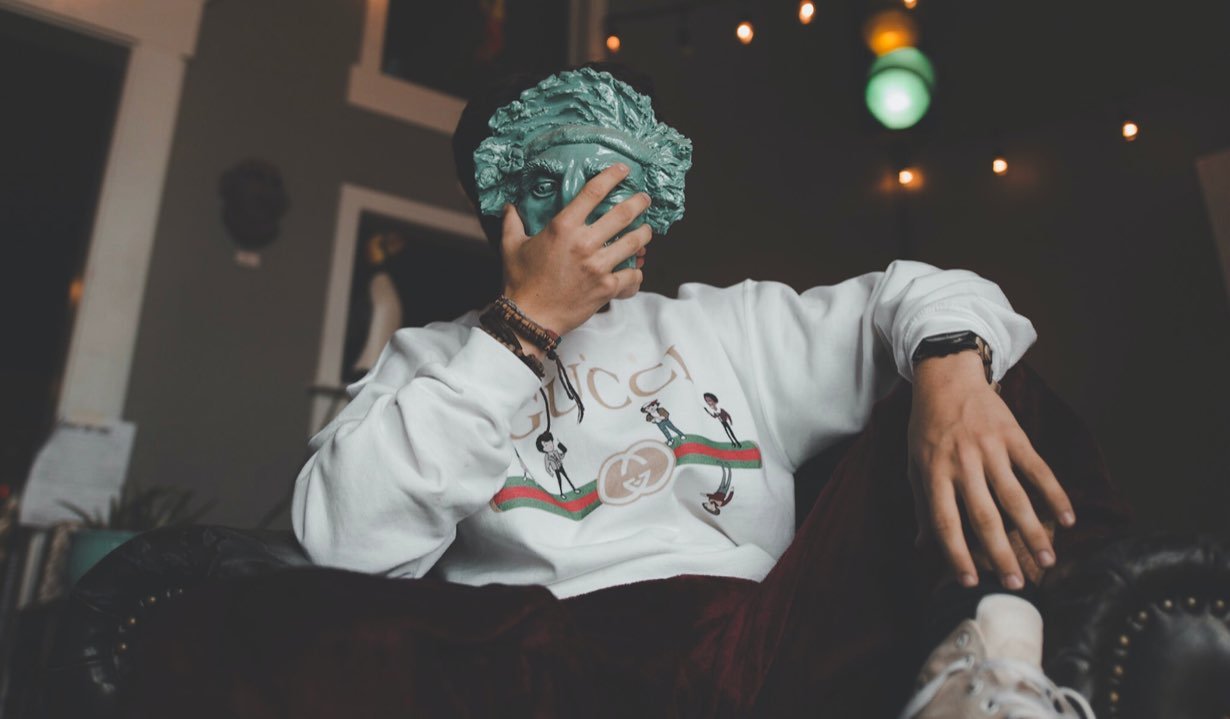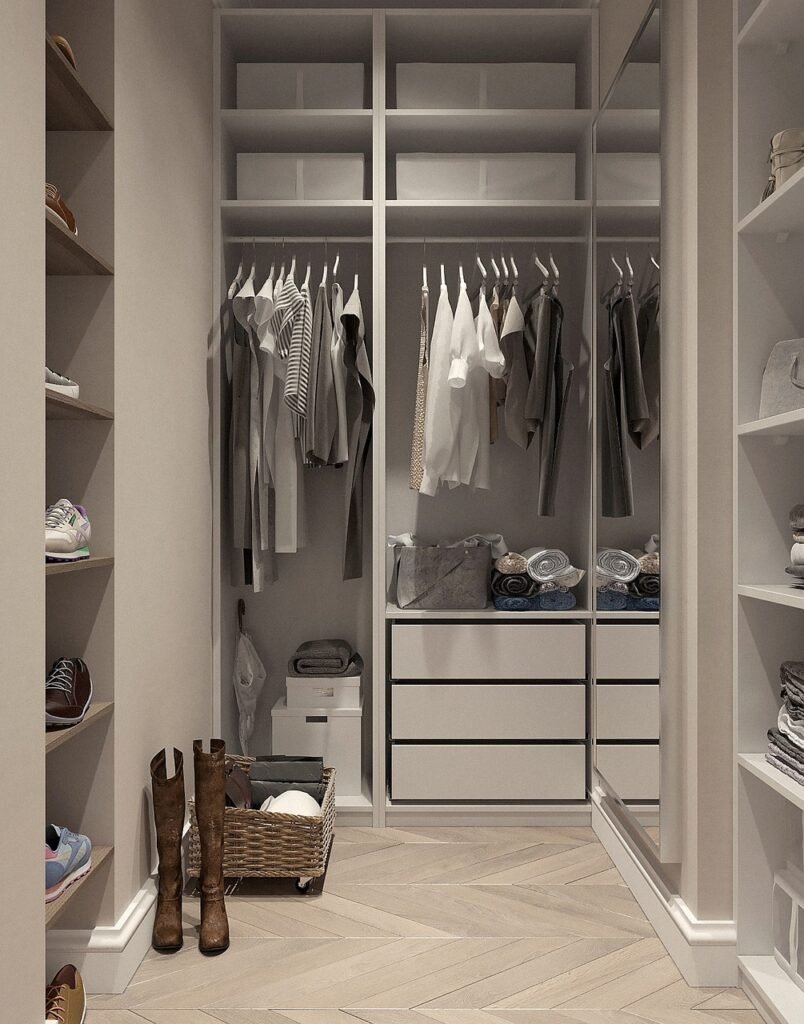
The Gucci Museum in Florence was inaugurated in 2011 on the occasion of the 90th anniversary of the eponymous fashion house. It tells the story of the Italian fashion and leather goods manufacturer, from its early start in the city of Florence to the global biggest-selling Italian brand that it is today.
The museum is located in the historic Palazzo della Mercanzia (Palace of the Merchandise) in Piazza della Signoria. The Palazzo della Mercanzia was built in 1359 and restored in 1905. It once housed the Court that served to resolve disputes between merchants and members of various Arts guilds in Florence, as evidenced by the presence of coats of arms of major and minor guilds on the palace’s facade.
reviewed
About Organic CBD Skincare
The journey to creative inspiration can be an infinitely fulfilling one. When we are in alignment and our creativity is flowing, it seems as if all the world is opening up to us and revealing its beauty.
The Gucci Museum’s grand opening celebration was held in none other than the Hall of the Five Hundred, as indicated by Dan Brown in his novel Inferno. The Gucci museum contains a permanent exhibition of the iconic pieces of the brand, such as bags, clothes, and accessories, among many others. In addition to a series of contemporary art installations, it contains a library, a cafeteria, a small boutique and the new Gucci Osteria da Massimo Bottura—a restaurant by a three-Michelin-star chef.


Legendary pieces of the history of the fashion house comprise the horsebit loafer, the handbag with a bamboo handle, and the jackie handbag.
The Gucci brand was created in Florence in 1921. It is interesting that its founder, Guccio Gucci (March 26, 1881, to January 2, 1953), while working as a porter at the Savoy Hotel in London, had been impressed by the luxurious luggage of the guests and by luggage by companies such as H.J. Cave & Sons, and became inspired to create the first collection of luggage.
"For many years, Guccio Gucci worked in his leather shop in Florence, which was increasing in popularity. "
From the experience of working abroad in 1934, the brand of the delivery boy was introduced with a suitcase and a travel bag. In the Thirties, many of the Italian customers were aristocratic and had horse racing as a hobby. As such, their requests for riding clothes pushed Gucci to develop his exclusive icons: the miniature of the horse bite, consisting of a double ring joined by a bar, and the green-red-green weft tape that incorporates the traditional saddle girth.

The exhibition of the permanent collection
The three-story space is arranged thematically rather than chronologically to allow the pleasure of dipping into all sorts of wonderful displays of Gucci craftsmanship. Divided into a series of themed rooms, the museum narrates the House’s vision while celebrating the archives, including old advertising campaigns, artisans’ images, and retro objects.

The permanent exhibition space begins on the ground floor, where the theme Travel fills a large room with trunks, suitcases, accessories, and articles created for the international jet-set whose custom helped to bring international acclaim to Gucci in the Fifties, Sixties, and Seventies.
Luggages in Gucci Museum, Florence
The first floor is dedicated to the representation of some themes and icons.
• OIL When we are in alignment and our creativity is flowing
• NIGHTGOWN by MANGO can be an infinitely fulfilling one
• SLIPPERS: new colection on ZARA as if all the world is opening up to us and
• SOURCE: Florenceinferno
- TAGS ― Featured, Home-Influencer, Stories

26 Ways to Make Your Home Feel Like a Modern Coastal Paradise
Memphis was a one-time madly vibrant and creative renegade of the design world.

The Beauty In Simplicity Of Modern Scandinavian Design
Be inspired by the simplicity of these three modern Scandinavian style homes, each beautiful in their own fresh and interesting way.

Fall Color Trends from the Runways 2021
Including contemporary art installations in the galleries, the inaugural exhibition is a video installation by artist Bill Viola, to close in January.







